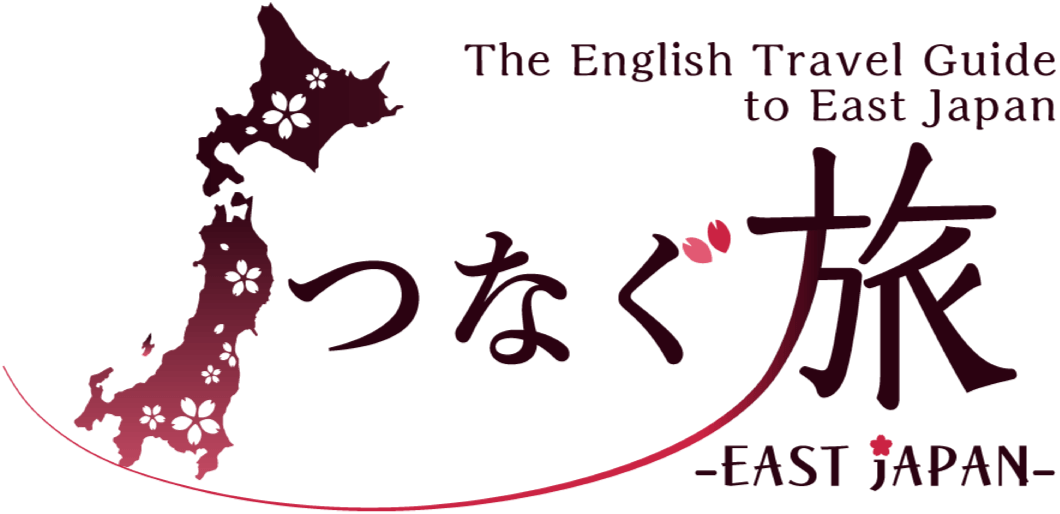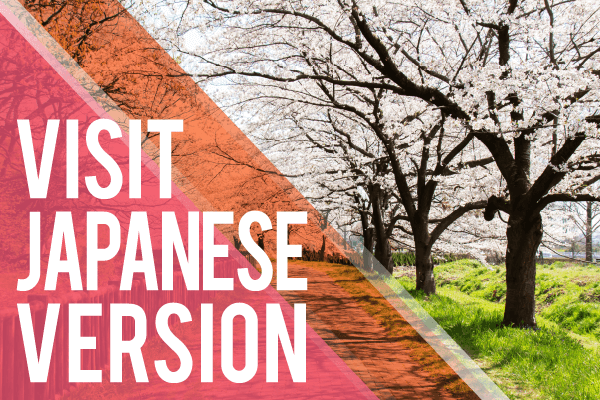- saitama
- takaoka
- kanazawa
- ueda
Voyage into the Muromachi, Sengoku, and Edo periods: Bask in the History and Seasons of Eastern Japan Through Mesmerising Castles and Gardens.
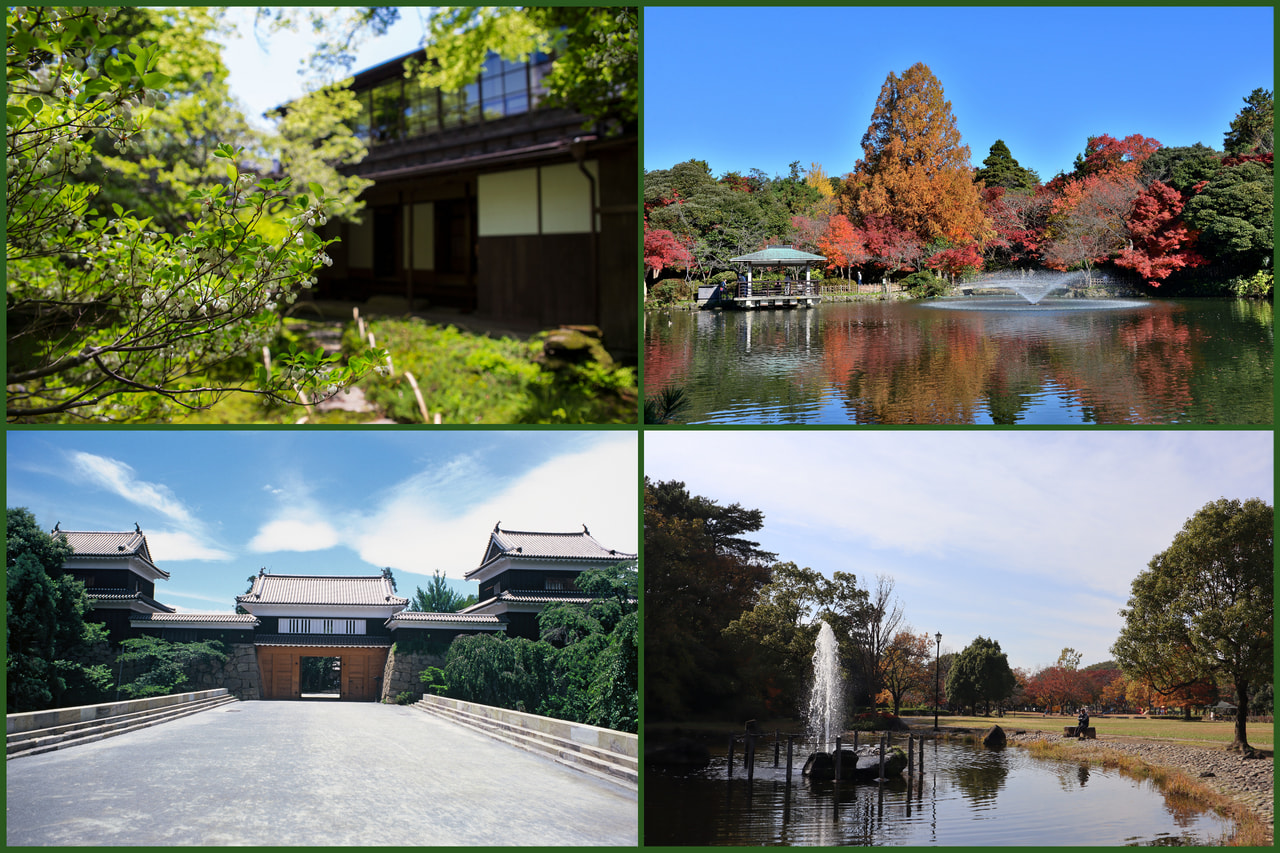
From spring to early summer, while the greenery is vivid and the gentle breeze is comfortable, it’s the perfect season for an enjoyable stroll. Here, we will introduce you to a journey of exploration in castle ruins, castles, and gardens across Eastern Japan. All these places are well-preserved, and your enjoyment will be elevated with knowledge of the history behind these sites. Depending on the season, there may even be events or activities in nature to enjoy, so save this page and use it as a reference when planning your visit. It is recommended to check the latest event information on each website in advance.

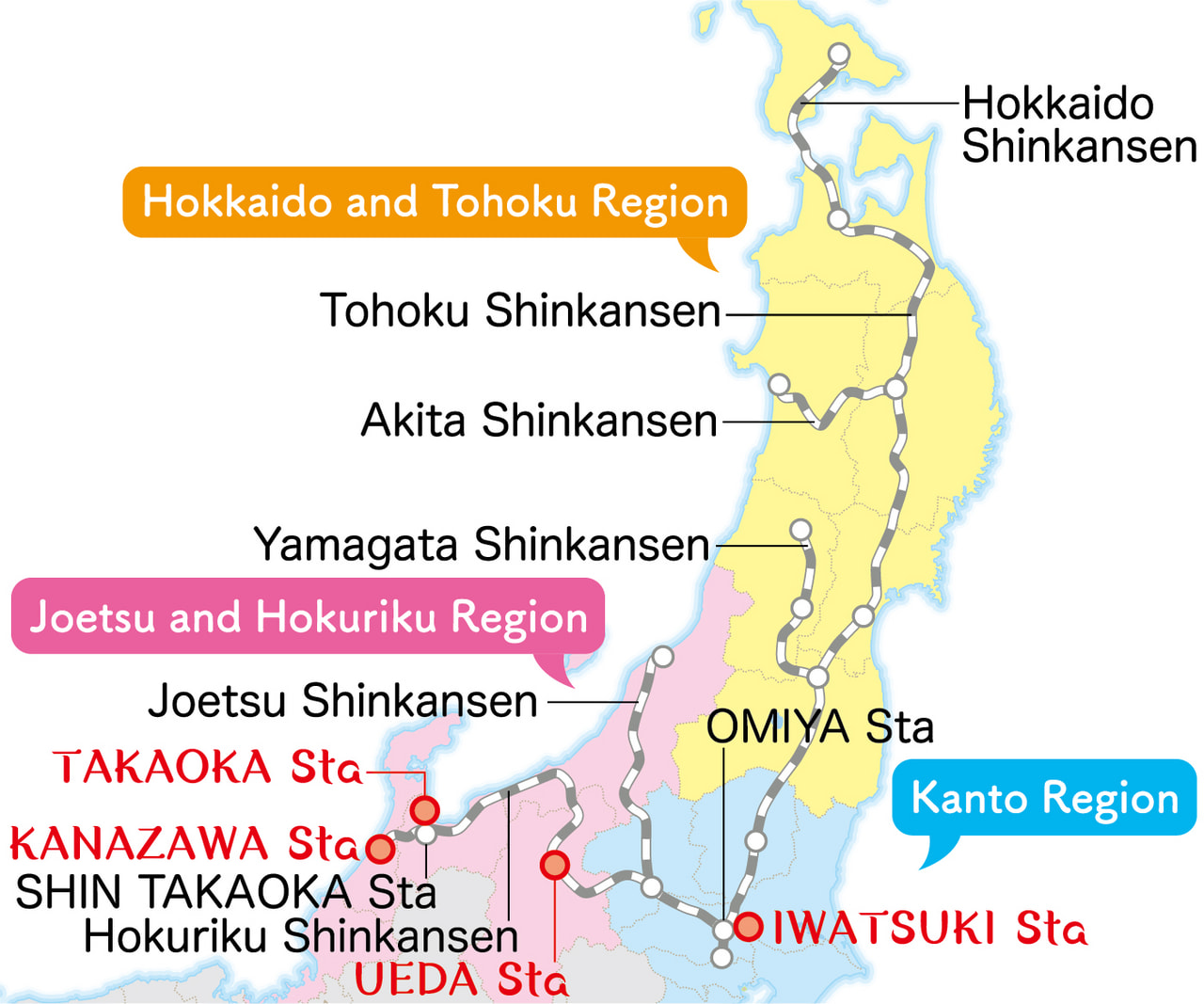
Our journey begins at Iwatsuki Station in Saitama city. Transfer at Omiya Station and take the Hokuriku Shinkansen to Ueda Station in Nagano Prefecture. From there, we continue westward, passing through local trains and the Hokuriku Shinkansen, and make our way to Takaoka Station in Toyama Prefecture, and finally stop at Kanazawa Station in Ishikawa Prefecture. Omiya Station, Shin-Takaoka Station, and the destinations of Ueda, Takaoka, and Kanazawa stations have many tourist attractions so you can enjoy local specialties and sightseeing in each area.
"Iwatsuki Castle Ruins Park" in Saitama city Explore historical ruins and enjoy your time at the park surrounded by nature!
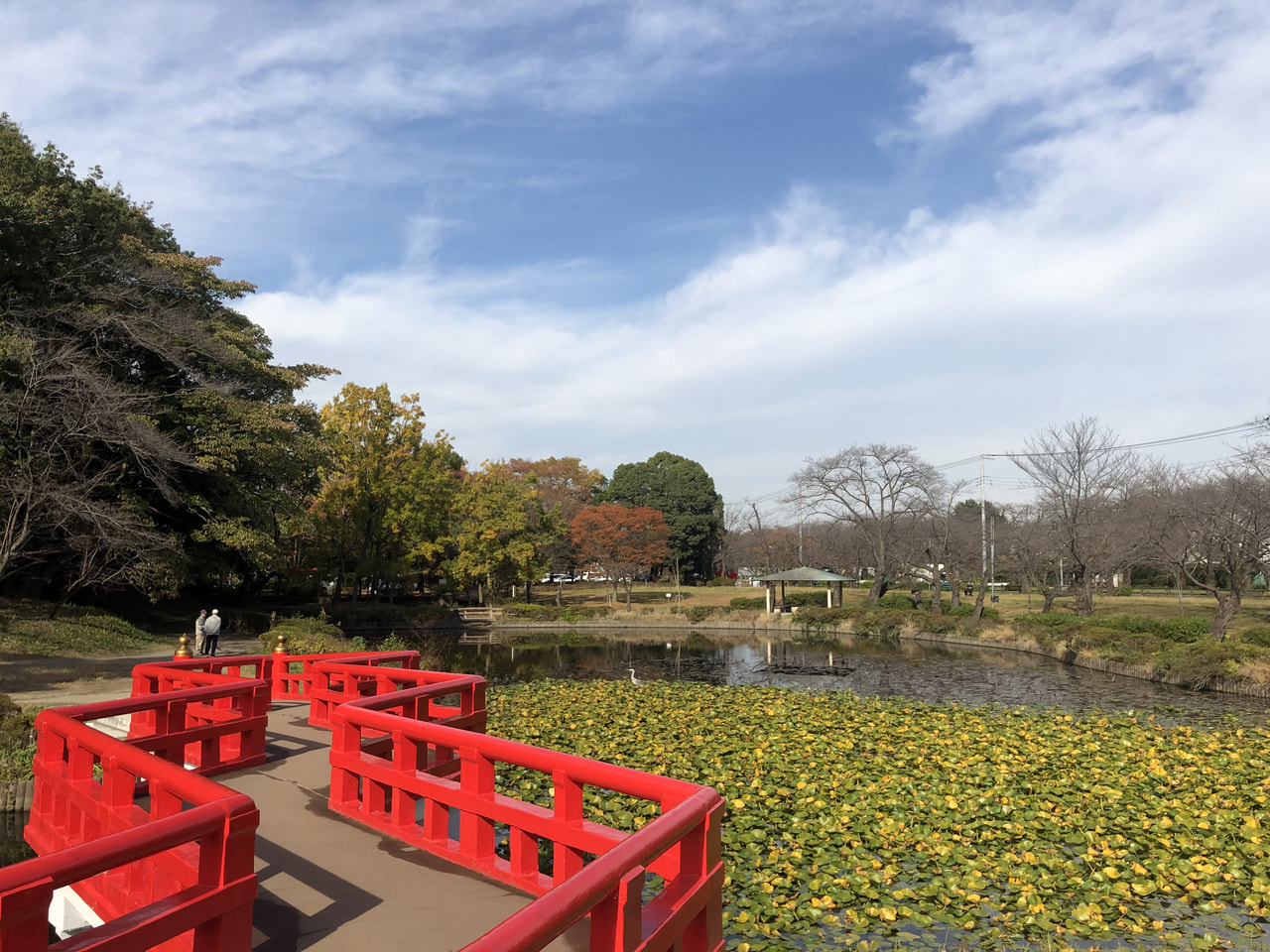
"Iwatsuki Castle Ruins Park" is a park located on the site of the Iwatsuki Castle ruins, which is said to have been built from the late Muromachi period to the early Sengoku period. The castle's embankments still remain within the park. There is a red-painted bridge called "Yatsuhashi" (pictured) over the Shobuike pond in the park, and it also has a multi-purpose square, playground equipment, tennis courts, and a baseball field. Throughout the year,a number of lively events are held, such as the "Cherry Blossom Festival'' during the cherry blossom season, "Iwatsuki Nagashi-bina" in late February, and "Ningyo Kuyo Festival" on November 3rd (a national holiday).
DATA
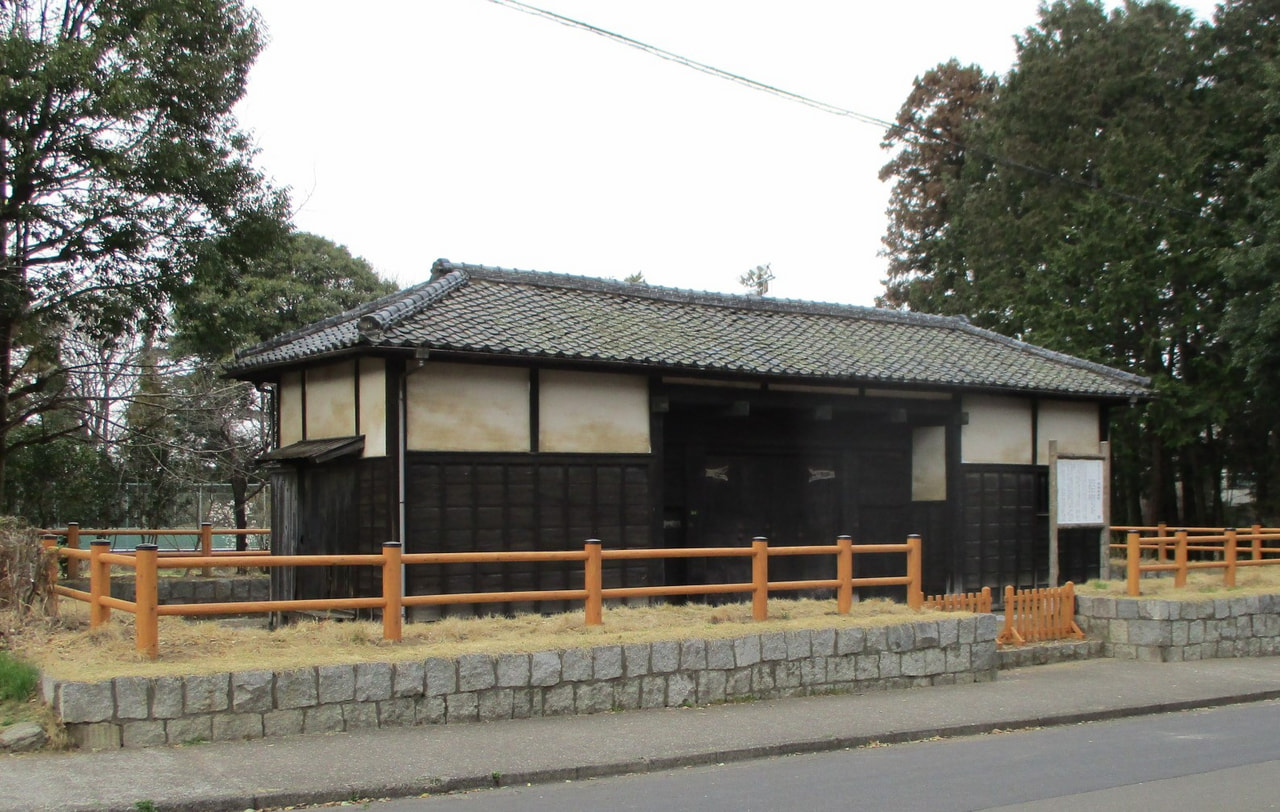
"Ueda Castle" in Ueda city Built by Masayuki Sanada! One of Japan's Top 100 Castles and a Nightscape Heritage of Japan.
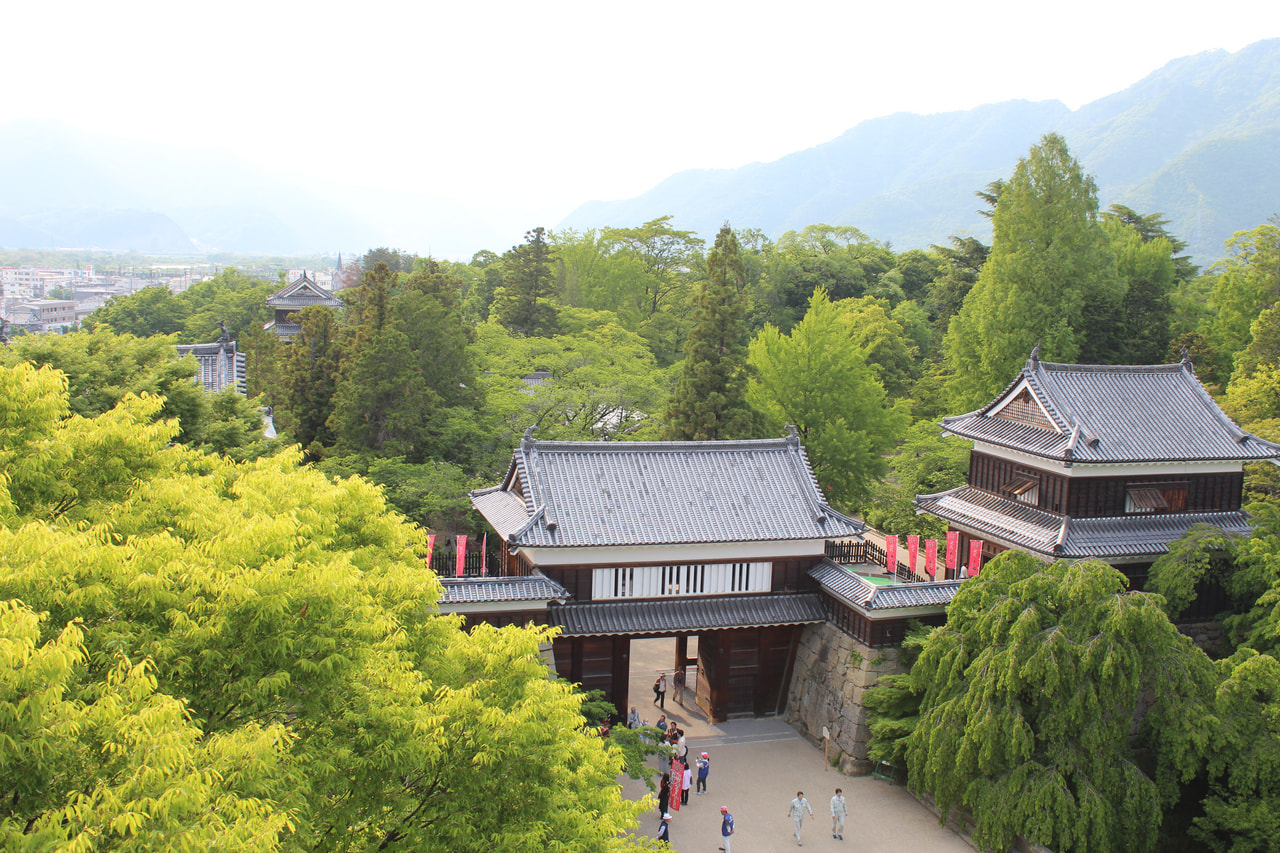
"Ueda Castle" was built by Masayuki Sanada (father of Yukimura Sanada) in 1583 (Tensho 11). The current castle is a reconstruction from the early Edo period, rebuilt by Tadamasa Sengoku during the Kanei years. The castle is known as an impregnable castle, having repelled the Tokugawa army twice during the first and second battles of Ueda. There are also numerous tourist spots in the surrounding area, such as the Sanada Shrine and the Ueda City Museum. The castle is a central destination for tourism in the Shinshu Ueda area, attracting visitors from all over the country. Events like the "Ueda Castle Thousand Cherry Blossom Festival" (early April), "Ueda Sanada Festival" (early November), and "Ueda Castle Autumn Leaves Festival" (early November) are held in and around the castle, allowing visitors to enjoy both the historical and natural scenery.
DATA
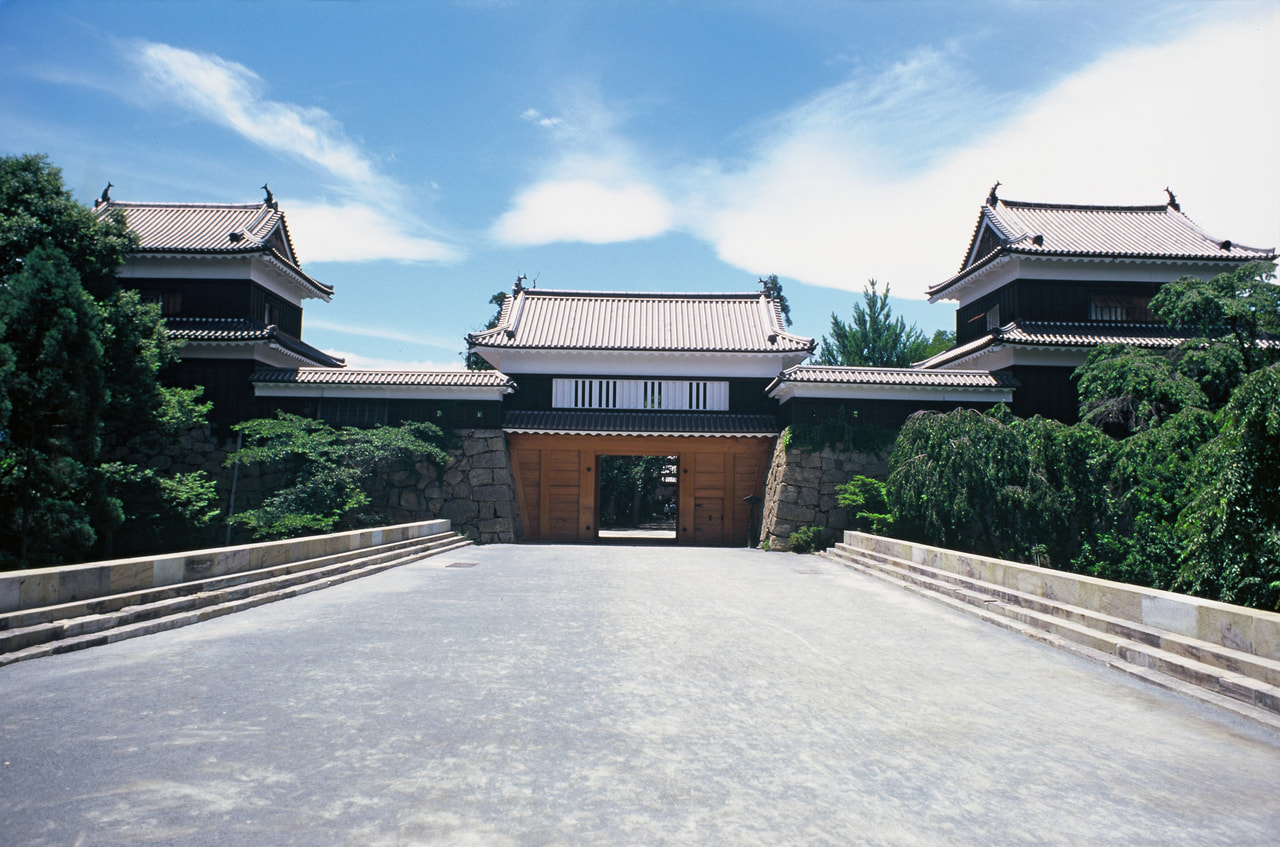
"Takaoka Kojo Park" in Takaoka city Ruins of Takaoka Castle built by Lord Toshinaga Maeda! A Historical Park that Preserves the Appearance of the Past.
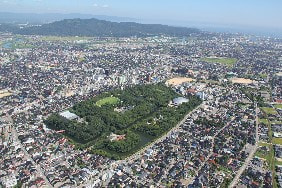
Located in the heart of Takaoka city, "Takaoka Kojo Park" (pictured) is a historical site park that preserves the remains of Takaoka Castle, built by Maeda Toshinaga, the second lord of the Kaga Maeda family, in 1609 (Keicho 14). Since the Meiji period, the park has been open to the public. The park includes the Art Forest, showcasing the unique craftsmanship of Takaoka, and has museums and a zoo (with free admission). Many people visit the park to appreciate the rich nature and the historical remains. The park is also well-known as a popular spot for cherry blossom and autumn leaves viewing, and especially for the "Takaoka Manyo Festival" (early October) that attracts thousands of visitors.
DATA
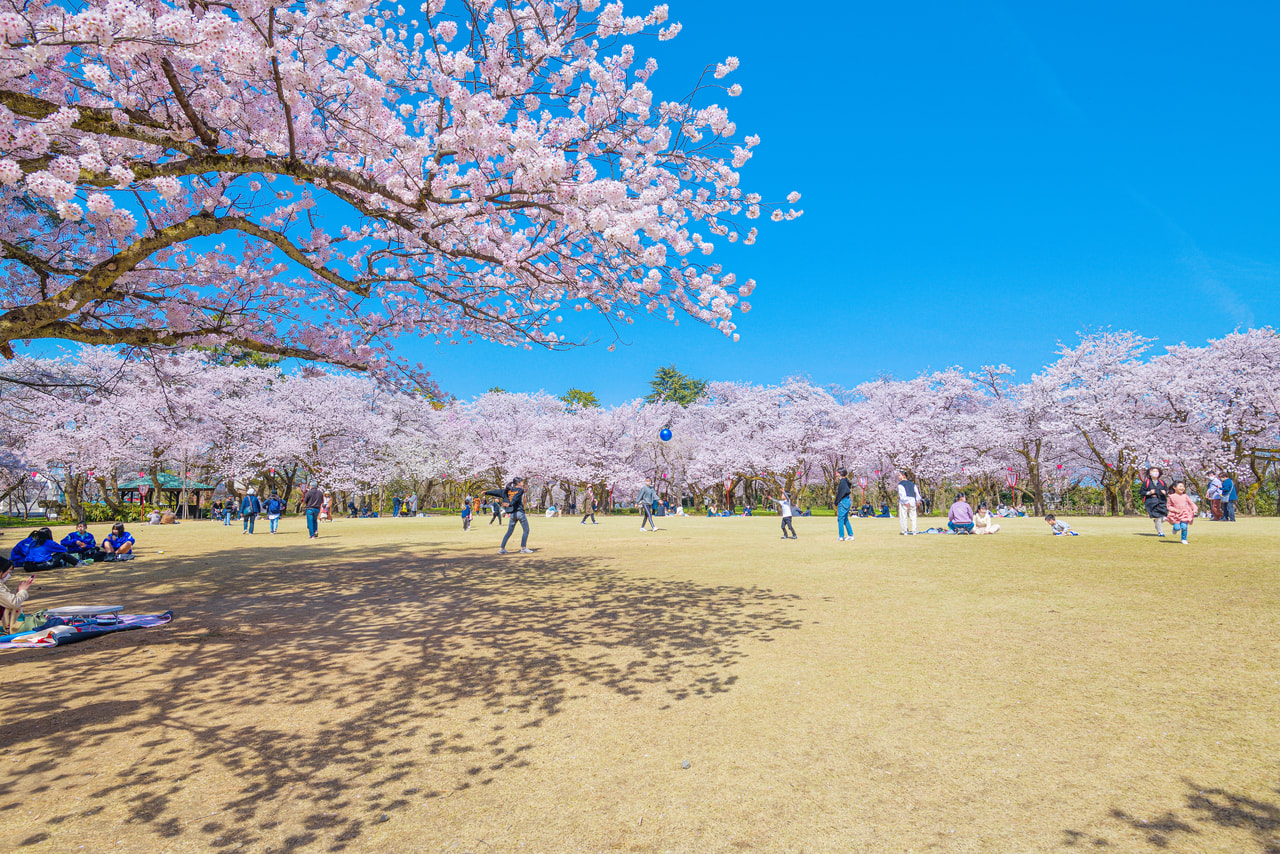
"The Old Site of Mr. Kurando Terashima Residence" in Kanazawa city Enjoy the Garden and Calligraphy Painting at the Residence of Terashima Kurando, the Samurai and Artist.
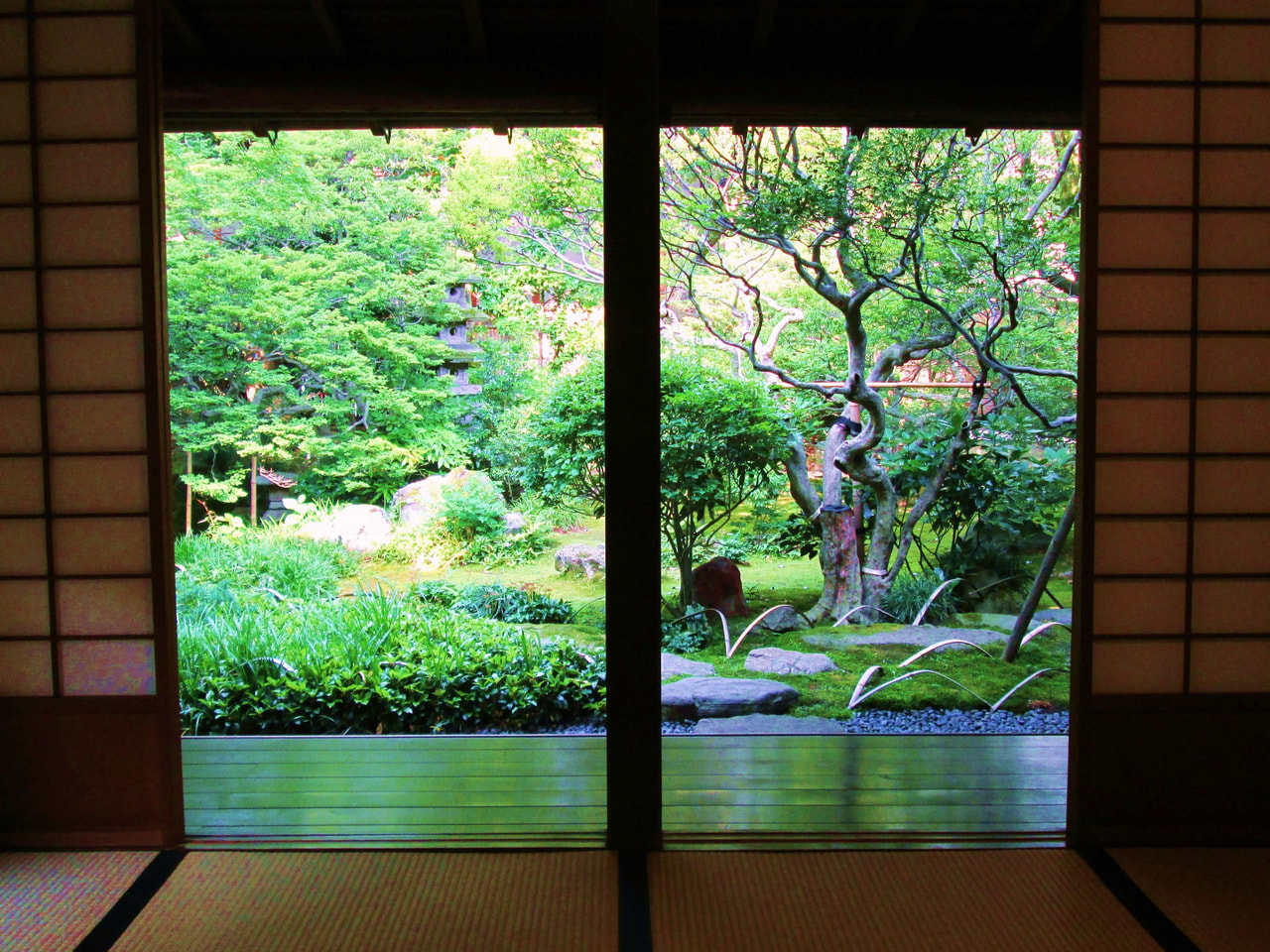
"The old site of Mr. Kurando Terashima Residence" is located in Otemachi, about 230m northeast of the Kanazawa Castle Otemon Gate ruins. During the Edo period, it was an area where middle-class samurai resided. The Terashima Kuraudo residence was designated as a cultural property and a historic site by the City of Kanazawa in 1974 due to its houses, storehouses, earthen walls, and gardens that reflect the lifestyle of middle-class samurai during the Edo period. Visitors can enjoy the garden (pictured), calligraphy paintings by Kuraudo, who was also active as a painter, and calligraphy and crafts handed down in the Terashima family. Admission is 310 yen, and it's free for High school students or younger.
DATA
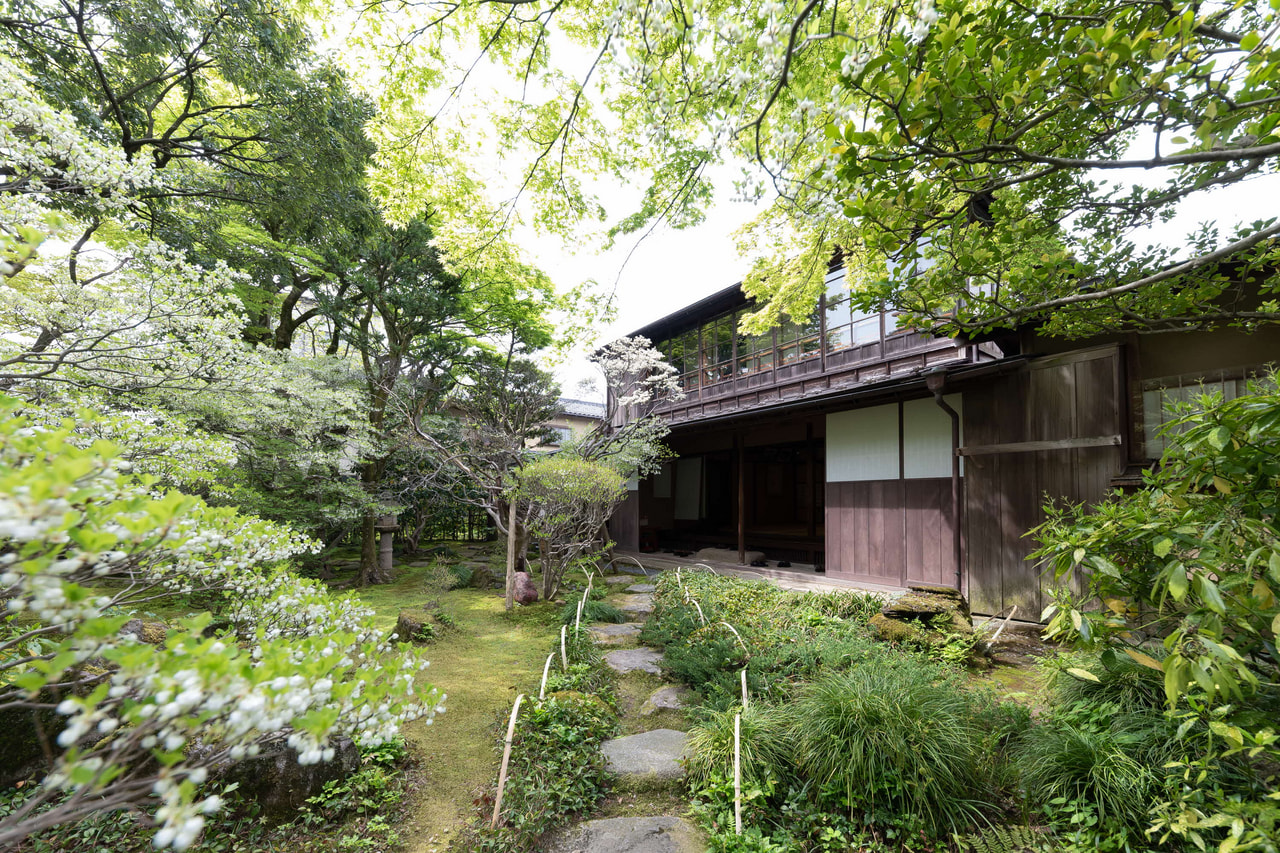
Enjoy the Atmosphere of Historical Castles and Gardens with the Beauty of Nature Across the Four Seasons!
Castle ruins, castles, and gardens are spots that preserve a lot of nature. You can enjoy them across all four seasons, so why not visit them according to the season? Taking a leisurely stroll while feeling the presence of the past is a truly luxurious trip.
Castle ruins, castles, and gardens are spots that preserve a lot of nature. You can enjoy them across all four seasons, so why not visit them according to the season? Taking a leisurely stroll while feeling the presence of the past is a truly luxurious trip.
